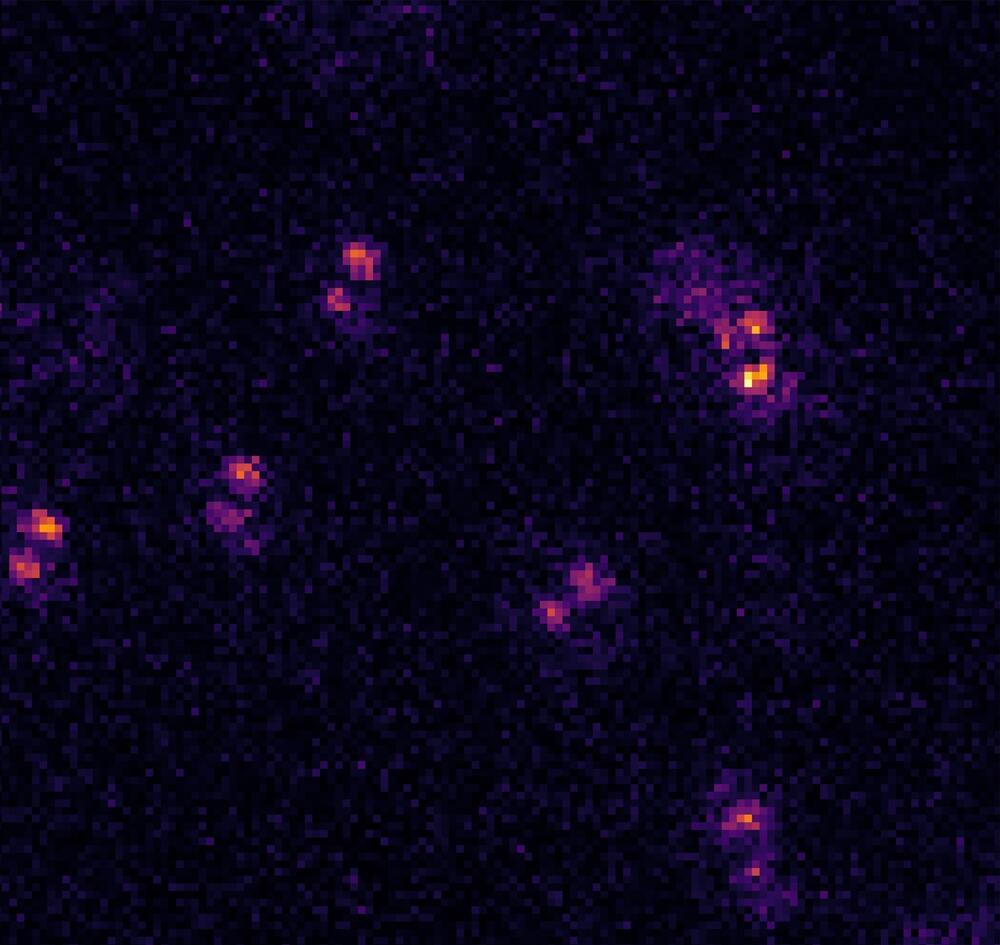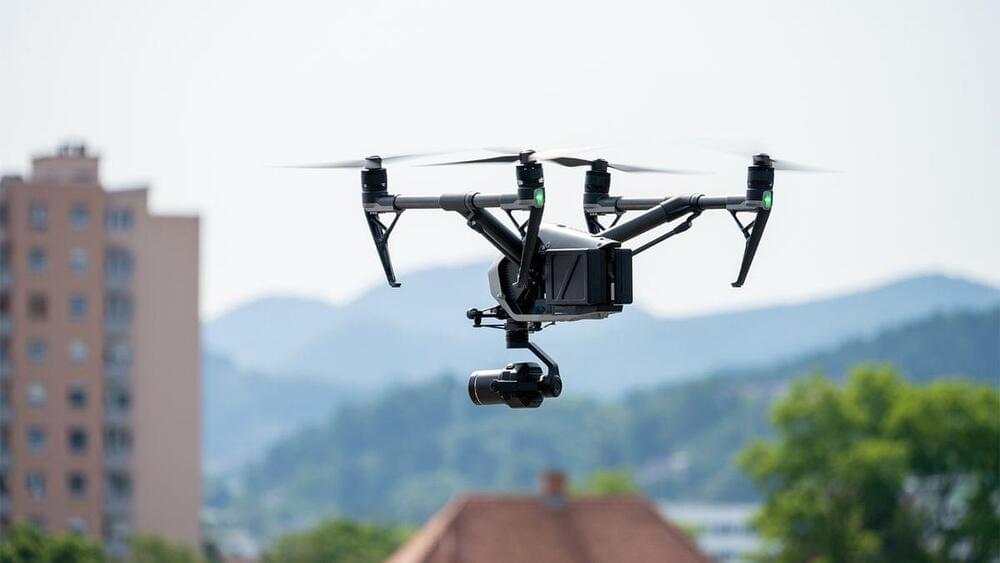For more than a decade it has been possible for physicists to accurately measure the location of individual atoms to a precision smaller than one-thousandth of a millimeter using a special type of microscope. However, this method has so far only provided the x and y coordinates. Information on the vertical position of the atom is lacking.
A new method has now been developed that can determine all three spatial coordinates of an atom with one single image. This method—developed by the University of Bonn and University of Bristol—is based on an ingenious physical principle. The study is published in the journal Physical Review A.
Anyone who has used a microscope in a biology class to study a plant cell will probably be able to recall a similar situation. It is easy to tell that a certain chloroplast is located above and to the right of the nucleus.









